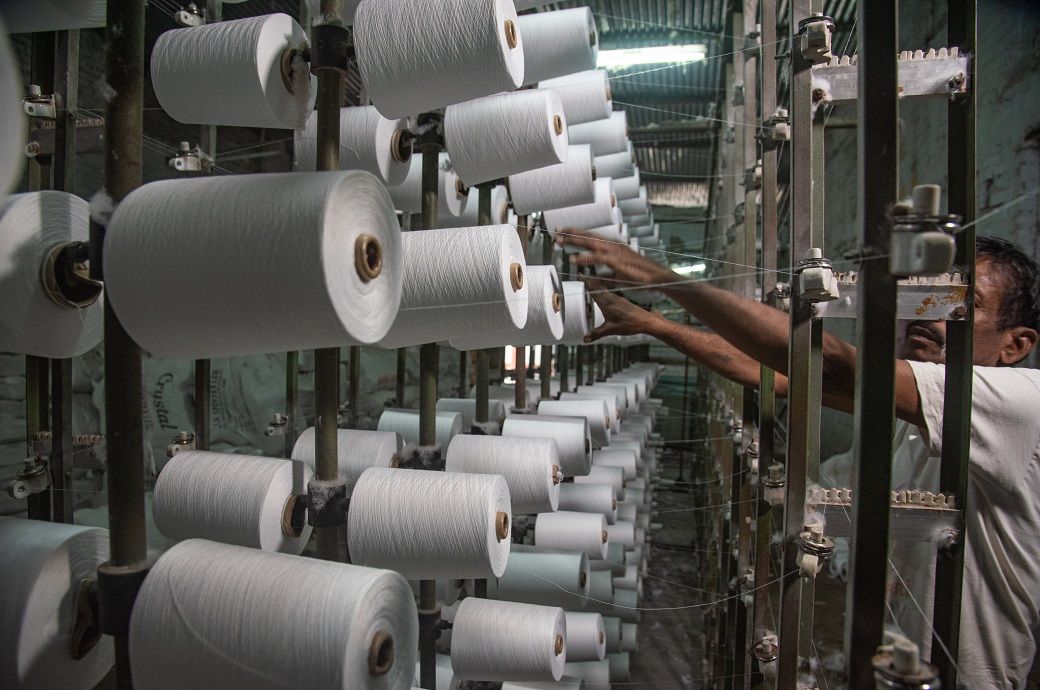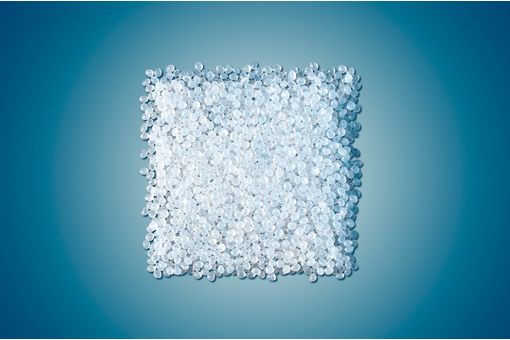India's manufacturing sector faces mild inflation in Oct 2022: Report

The upward movement in the headline figure largely reflected stronger increases in employment and stocks of purchases, according to a report by S&P. October data showed historically marked expansions in factory orders and quantities of purchases, while production growth outpaced its long-run average despite softening to a four-month low. At the same time, cost burdens rose at a broadly similar rate to September’s 23-month low, while selling charge inflation moderated to the weakest since February.
Firms were again able to secure additional work in October, taking the current sequence of growth to 16 months. Overall, factory orders increased at an above-trend pace that was nonetheless the weakest since June. New export orders also rose markedly, with the pace of expansion ticking higher. Production likewise expanded at a slower rate at the start of the third fiscal quarter, the slowest since June, albeit one that surpassed its long-run average. Growth was linked to ongoing improvements in demand and enhanced technology.
Indian manufacturing companies bought additional inputs in October amid efforts to rebuild stocks and fulfil greater sales. Overall, input buying rose solidly, but at the slowest pace in 14 months. Price pressures were little-changed from September. The overall rate of cost inflation was the second-weakest for two years, ahead of that registered in the prior survey period. In turn, manufacturers limited hikes to output prices. The rate of charge inflation eased to the weakest since February.
Inventory trends diverged noticeably in October. Holdings of finished products fell at a solid rate that was nevertheless slower than in September, while pre-production stocks increased markedly. The rate of accumulation picked up to the fastest since July.
There were signs of substantial capacity pressures at Indian goods producers, as outstanding business volumes rose to the greatest extent in almost two years. Some firms responded to this by hiring extra workers. Manufacturing employment increased at a marked rate that was one of the strongest since data collection started in March 2005.
On the supply-side of the manufacturing industry, the latest results showed a modest increase in input lead times which were nevertheless weaker than those recorded during the first COVID-19 lockdown, added the release.
Looking ahead, Indian manufacturers remained confident of a rise in production volumes by October 2023. Predictions of better sales and marketing efforts were among the reasons cited for upbeat projections. The overall level of sentiment fell to a three-month low, though remained elevated by historical standards.
Granular data indicated that consumer goods was the brightest area of the manufacturing sector in October. Firms in this segment signalled the fastest increases in output, overall sales, and exports. All of these measures grew at slower rates in the other two monitored categories.
Fibre2Fashion News Desk (NB)
































-Ltd..jpg?tr=w-120,h-60,c-at_max,cm-pad_resize,bg-ffffff)





.jpg?tr=w-120,h-60,c-at_max,cm-pad_resize,bg-ffffff)
.jpg?tr=w-120,h-60,c-at_max,cm-pad_resize,bg-ffffff)






